Entry Category: Early Twentieth Century - Starting with A
aka: Toney Bill to Prevent Lynching
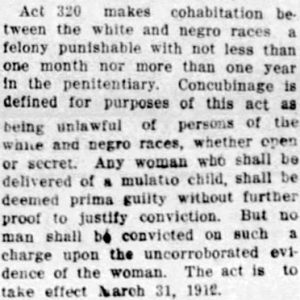 Act 320
Act 320
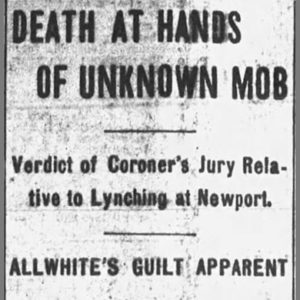 Allwhite Lynching Editorial
Allwhite Lynching Editorial
American Krusaders
 American Krusaders Ephemera
American Krusaders Ephemera
Anderson, William (Lynching of)
 Article about the Argenta Race Riot of 1906
Article about the Argenta Race Riot of 1906
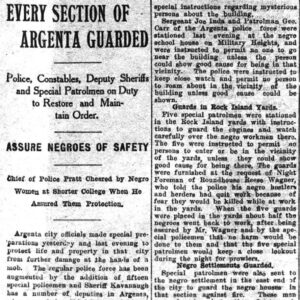 Argenta Race Riot Article
Argenta Race Riot Article
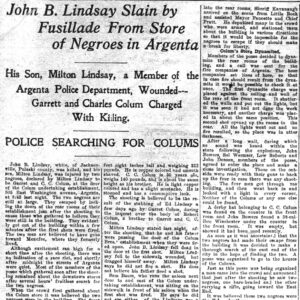 Argenta Race Riot Article (Part 1)
Argenta Race Riot Article (Part 1)
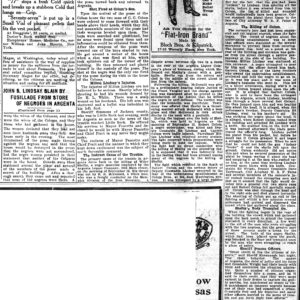 Argenta Race Riot Article (Part 2)
Argenta Race Riot Article (Part 2)
Argenta Race Riot of 1906
aka: Lynching of Homer G. Blackman
Arkansas “Scottsboro” Case
aka: Bubbles Clayton and James X. Caruthers (Trial and Execution of)
aka: James X. Caruthers and Bubbles Clayton (Trial and Execution of)
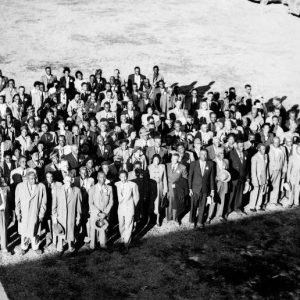 Arkansas Farm Bureau, Negro Division
Arkansas Farm Bureau, Negro Division
Arkansas Medical, Dental, and Pharmaceutical Association
Arkansas Negro Democratic Association (ANDA)
Arkansas Race Riot, The [Pamphlet]
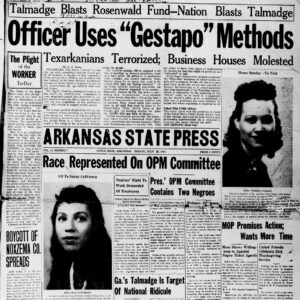 Arkansas State Press
Arkansas State Press
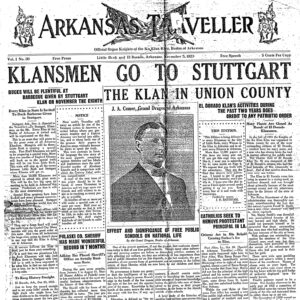 The Arkansas Traveller
The Arkansas Traveller
 Army Trucks
Army Trucks




